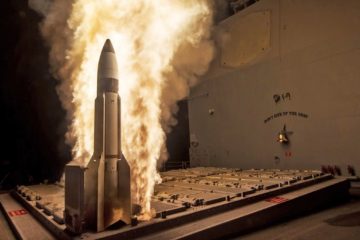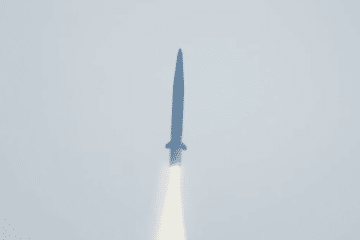On March 15, the Republic of Korea’s Defense Acquisition Program Administration (DAPA) announced it had signed a contract with LIG Nex1 for a Ship-to-Air Missile-II (함대공유도탄-II) system development project, worth 248 million USD. LIG Nex1 will lead the development of the Ship-to-Air Missile-II system by 2030. The DAPA plans to successfully complete the development project in cooperation with related institutions such as the Agency for Defense Development and the ROK Navy.
The Ship-to-Air Missile-II is a new type of air defense missile designed to be mounted on the Korean Next-Generation Destroyer (KDDX). It aims to protect ships from air threats such as North Korean aircraft and cruise missiles, thereby enhancing the survivability of the vessels. As the Republic of Korea is building its own indigenous destroyer, featuring a high rate of localized equipment and weapon systems, DAPA recognized the need for the guided weapons on the KDDX to also be developed using domestic technology.

The Ship-to-Air Missile-II is being developed using the latest, cutting-edge, innovative technologies in precision guidance and search capabilities, aiming for a domestication rate of over 90%. It is intended to replace the American-made SM-2 surface-to-air missiles currently operated by the ROK Navy. Its operational purpose and concept will be similar to that of the existing SM-2.
In addition to the Ship-to-Air Missile-II, the KDDX will also be equipped with a ballistic missile interception system. This involves adapting and developing the naval version of “L-SAM”, a long-range surface-to-air guided weapon, currently being developed with domestic technology. Thus, the KDDX will be equipped with new Korean versions of medium-range and long-range surface-to-air missiles capable of intercepting ballistic missiles.
Lee Dong-seok, the head of the Guided Weapon Project Group at the Defense Acquisition Program Administration, stated:
“Through this project, the military will acquire advanced ship-to-air missiles with enhanced capabilities to respond to North Korean air threats, while also contributing to the improvement of domestic defense industry’s ability to independently conduct precision guided weapon research and development.”






